

Energy conversion systems play an essential role in contemporary culture, enabling the makeover of different types of energy right into better and functional forms. These systems are important to power generation, transportation, industrial processes, and daily modern-day technologies. Understanding the concepts and applications of energy conversion systems is required for designers, policymakers, and any person thinking about the field of energy. At its core, energy conversion is controlled by the legislations of thermodynamics. The first regulation of thermodynamics, which defines that energy can not be created or harmed but just converted from one form to an additional, is the framework of all energy conversion systems. The 2nd legislation presents the concept of decrease and performance, clarifying why no energy conversion procedure can be 100% efficient. These fundamental ideas underpin the layout and operation of all energy conversion systems. One of among one of the most typical and substantial energy conversion systems is the thermal nuclear power plant. These facilities transform the chemical energy conserved in nonrenewable fuel sources (such as coal, oil, or gas) or nuclear fuel into electric energy. The procedure generally includes shedding the gas to warm water, generating hefty vapor that drives a wind generator affixed to a generator. This system, based upon the Rankine cycle, is an archetype of changing thermal energy to mechanical energy and after that to electric energy. Modern thermal nuclear power plant utilize different approaches to enhance efficiency, such as supercritical hefty steam problems and mixed cycle systems. Renewable energy systems represent an added crucial group of energy conversion. Solar solar (PV) panels transform light energy right right into electrical energy with the photoelectric result. Wind generators modification the kinetic energy of relocating air into mechanical energy and then right into electric power. Hydroelectric nuclear reactor harness the feasible energy of water conserved at elevation, changing it to power via generators and after that to electric energy. Each of these systems has its one-of-a-kind principles and challenges, but all satisfy of transforming usually occurring energy right into much more useful kinds. Internal melting engines, frequently used in transport and some power generation applications, transform the chemical energy in gas right into power through regulated rises. These engines, whether fuel or diesel, operate thermodynamic cycles (such as the Otto cycle or Diesel cycle) that include compression, burning, advancement, and exhaust phases. The effectiveness of these engines has actually been continuously enhanced with renovations in items, gas shot systems, and exhaust gas treatment innovations. Gas cells represent an advanced energy conversion system that straight converts chemical energy into electrical energy without combustion. Hydrokinetic Energy These gadgets make use of electrochemical responses to create electrical energy, with hydrogen being a common gas. Fuel cells have applications differing from mobile source of power to huge fixed power generation, and they supply the capacity for high performance and reduced tires. Heatpump and refrigeration systems are energy conversion systems that transfer warm from one area to an added, successfully transforming electric energy right into thermal energy transfer. These systems, which operate the vapor compression cycle or absorption cycle, are thoroughly made use of for home heating, a/c, and refrigeration in residential, service, and commercial settings. The efficiency of heatpump is generally disclosed as a coefficient of efficiency (LAW ENFORCEMENT AGENT), which can be above one, as they move warm instead of develop it directly. Electrochemical energy conversion systems, such as batteries and supercapacitors, play a crucial duty in energy storage area and portable power applications. These devices transform chemical energy right into electrical energy (throughout discharge) and vice versa (throughout charging). The principles of electrochemistry regulate their procedure, with continuous research study focusing on enhancing energy density, power density, and cycle life. Thermoelectric devices stand for a distinctive kind of energy conversion, right converting temperature degree distinctions right into electrical energy (Seebeck outcome) or utilizing electric energy to produce a temperature level difference (Peltier influence). While presently limited in efficiency, these solid-state gadgets have applications in waste heat recuperation, cooling down systems, and area expedition. Magnetohydrodynamic (MHD) generators are an innovative energy conversion system that straight converts thermal energy right into electrical energy without moving parts. By passing a high-temperature, electrically conductive fluid through an electromagnetic field, these systems create electric power. While still mainly speculative, MHD generators hold warranty for high-temperature, high-efficiency power generation. The application of energy conversion systems lengthens throughout numerous markets. In the power generation market, huge thermal, nuclear, and renewable energy systems supply electrical energy to the grid. In transportation, internal burning engines, electrical motors, and emerging technologies like fuel cells power autos. Industrial procedures rely upon a range of energy conversion systems for home heating, cooling, and powering equipment. In the domestic and industrial markets, cooling and heating systems, illumination, and appliances all entail energy conversion. Performance enhancement is a continuous focus in the advancement of energy conversion systems. This includes not just enhancing the efficiency of particular components however likewise enhancing whole systems and incorporating various innovations. For instance, bundled warm and power (CHP) systems improve complete energy use by catching waste warmth from power generation for home heating or commercial treatments. The ecological influence of energy conversion systems is a considerably essential consideration. Countless campaigns are concentrated on reducing wears down from fossil fuel-based systems, boosting the efficiency and honesty of renewable energy systems, and producing new, cleaner modern innovations. The concept of life process analysis is essential in reviewing actual environmental result of numerous energy conversion systems, taking into consideration aspects such as source elimination, production, procedure, and disposal. Energy conversion systems are basic to modern-day individuals, making it possible for the usage of numerous energy resources to meet human requirements. From huge power generation to personal digital tools, these systems are ubiquitous in our lives. As innovation advancements and eco-friendly concerns increase, the location of energy conversion remains to establish, with repeating {research and development concentrated on boosting performance, decreasing environmental effect, and using brand-new energy resources. Identifying the principles and applications of these systems is important for addressing the energy challenges of the future and relocating towards a a lot more lasting energy landscape.
Energy conversion developments go to the center of changing exactly how we harness and make use of energy, playing an essential function in the change towards lasting and dependable energy systems. From photovoltaics to gas cells, these modern technologies consist of a varied array of systems that change all-natural energy resources right into useful kinds, such as electric power, warmth, and fuel. Each innovation operates special principles and is fit to certain applications, using unique advantages and difficulties. Understanding these contemporary innovations is important for advancing energy solutions that deal with around the world energy demands while lowering ecological effect. Photovoltaics (PV) represent amongst among the most commonly identified kinds of solar energy conversion. These systems take advantage of semiconductor items, normally silicon, to convert sunlight directly right into power via the solar impact. When sunshine strikes the surface area of a PV cell, it delights electrons, creating an electrical existing. Solar or pv innovation has advanced drastically for years, with improvements in materials and layout causing boosted effectiveness and reduced prices. Arising modern technologies, such as thin-film solar cells and natural photovoltaics, are pushing the boundaries of performance and adaptability, making solar energy extra easily obtainable and versatile to numerous applications, from property roofs to large solar ranches. Concentrated solar energy (CSP) is another solar power conversion technology that varies from photovoltaics by using mirrors or lenses to concentrate sunlight onto a little area, normally a receiver. The focused light is exchanged heat, which is after that utilized to generate vapor that drives a wind turbine attached to an electric generator. CSP systems are especially reliable in regions with high directly sunlight and can integrate thermal energy storage room remedies to offer power even when the sunlight is not radiating. This capability to shop energy as warmth permits CSP plants to use an additional steady and trusted power result contrasted to typical solar PV systems. Gas cells are a functional energy conversion contemporary innovation that produces power with an electrochemical response, generally requiring hydrogen and oxygen. Unlike combustion-based power generation, fuel cells generate power without melting gas, causing lower discharges and higher performance. There are numerous sorts of gas cells, each distinguished by the electrolyte made use of and the operating temperature array. Polymer electrolyte membrane (PEM) gas cells, as an example, are identified for their high power density and are generally utilized in transportation applications, such as fuel cell vehicles. Solid oxide gas cells (SOFCs), on the various other hand, operate at higher temperature degrees and proper for repaired power generation and industrial applications. Hydroelectric power is a trusted energy conversion development that usages the kinetic energy of moving water to generate electrical energy. By guiding water with wind generators, hydroelectric plants transform the energy of moving water into power, which is afterwards altered right into electric energy by generators. This technology is extremely efficient and can offer a continuous and dependable power supply, making it a foundation of renewable resource portfolios in numerous nations. Nonetheless, the ecological influence of large-scale hydroelectric tasks, such as setting disruption and changes to water ecological neighborhoods, demands careful preparing and management. Wind energy conversion modern-day technologies capture the kinetic energy of wind utilizing generators, which convert it right into power and subsequently right into electrical power. Wind generators are usually placed in areas with strong and constant wind patterns, such as coastal regions and open plains. Improvements in generator style, such as larger blades sizes and taller towers, have considerably improved the efficiency and capability of wind power generation. Offshore wind ranches are furthermore acquiring grip, providing the opportunity for considerable energy generation with extremely little land usage impact. Geothermal energy conversion use the Earth inner warm to generate electrical energy and supply straight home heating applications. Geothermal power plants use vapor or warm water from underground tank to drive turbines and generate electricity. This innovation is very reputable and can offer a consistent power supply, as geothermal sources are exempt to the irregularity seen in solar and wind energy. Additionally, geothermal systems can be used for right home heating applications, such as area heating and greenhouse farming, added boosting their versatility. Biomass energy conversion entails making use of natural products, such as plant and pet dog waste, to create heat, electric energy, or biofuels. Biomass can be exchanged energy with various processes, including burning, gasification, and anaerobic food digestion. This innovation supplies the benefit of utilizing waste products and can include in shed management treatments. However, the sustainability of biomass energy depends upon the resource of the biomass and the methods taken advantage of for farming and harvesting. Tidal and wave energy conversion modern technologies harness the energy of ocean trends and waves to create power. Tidal nuclear power plant commonly utilize batteries or undersea wind turbines to catch the energy of transferring water, while wave energy converters eliminate energy from the surface area movement of waves. These innovations are still in the creating stages but hold assurance for supplying a respectable and foreseeable source of renewable energy, specifically for seaside regions. The landscape of energy conversion contemporary innovations varies and swiftly progressing, driven by the need for lasting and effective energy options.
Energy conversion systems are crucial to contemporary culture, playing a vital function in altering raw energy sources right into usable power that gas homes, markets, and transportation. These systems consist of a huge range of modern-day innovations and procedures developed to transform energy from one kind to an added, such as converting chemical energy in gas to mechanical energy in engines or electric energy in nuclear power plant. A comprehensive analysis of the important components in energy conversion systems reveals the intricacy and refinement related to efficiently taking advantage of and making use of energy resources. Recognizing these parts is vital for maximizing performance, improving performance, and decreasing eco-friendly influence. The starting point of any kind of energy conversion system is the energy source, which can be lasting or non-renewable. Renewable resource sources consist of solar, wind, hydroelectric, geothermal, and biomass, while non-renewable resources consist of nonrenewable fuel sources like coal, oil, and gas, as well as atomic energy. The selection of energy source significantly impacts the design and procedure of the conversion system, as each resource has unique characteristics, such as accessibility, energy thickness, and environmental influence. As an example, solar energy systems rely upon solar panels or solar thermal debt collector to catch sunshine, while fossil fuel-based systems use burning procedures to launch energy kept in chemical bonds. At the heart of any sort of energy conversion system is the energy conversion device, which adjustments the main energy source right into a various form of energy. Normal conversion gadgets include generators, engines, generators, and fuel cells. Wind turbines, utilized in both fossil fuel and renewable resource systems, transform kinetic energy from steam, water, or wind right into power, which is then changed right into electric energy by generators. Interior melting engines, prevalent in transportation, change chemical energy from fuels right into power by means of controlled surges. Fuel cells, on the various other hand, directly transform chemical energy from hydrogen or other gas right into electrical energy with electrochemical responses, offering high effectiveness and minimized discharges.
Discover the latest advancements in energy conversion systems, from solar and wind to fuel cells and biomass! Learn how these innovations are driving sustainable energy solutions for a cleaner, more efficient future.https://t.co/9SfMjPHIu9
— Turbine Training And Operation (@turbinetraine) August 25, 2024
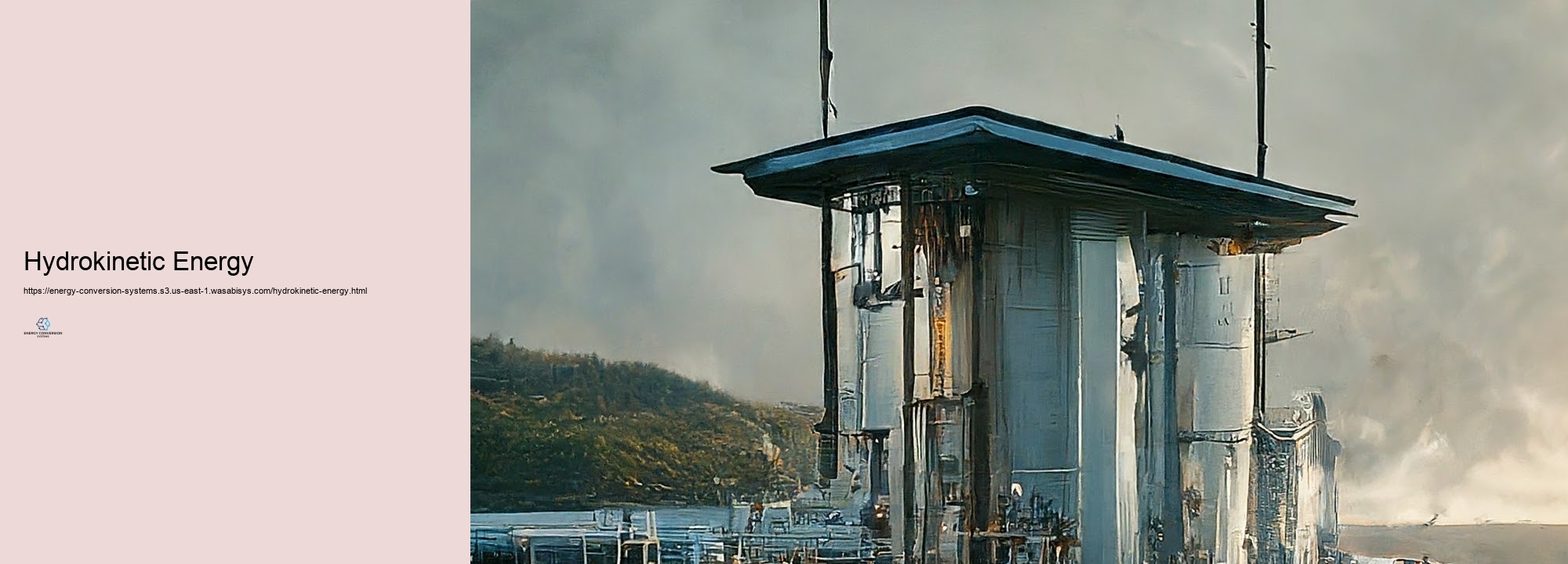
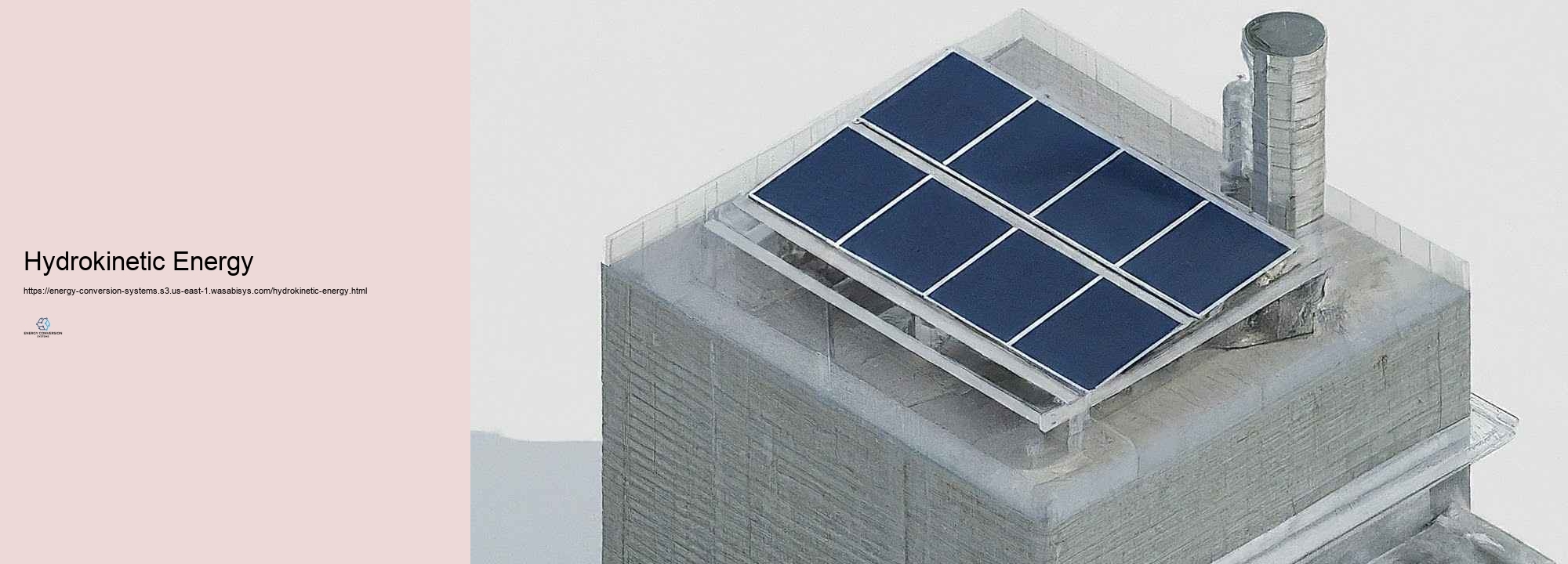
Improving performance in energy conversion is a crucial objective in the quest of lasting and cost-effective energy producing. As worldwide energy demand continues to increase, boosting the efficiency of energy conversion procedures has wound up being progressively vital for reducing resource use, decreasing ecological affects, and making sure energy security. This taking on consists of a vast array of methods and innovations throughout many energy areas, from traditional fossil fuel-based systems to renewable energy technologies. Among the vital places of emphasis for improving energy conversion effectiveness remains in thermal nuclear power plant, which stay a considerable resource of electricity worldwide. Advanced combustion contemporary innovations, such as supercritical and ultra-supercritical hefty vapor cycles, have actually been developed to increase the performance of coal-fired nuclear power plant. These systems run at higher temperatures and stress than standard plants, permitting far better thermal efficiency and lowered fuel usage. In a similar way, combined cycle gas turbine (CCGT) plants, which use both gas and steam generators, can complete performances of as high as 60%, dramatically greater than standard single-cycle plants. Waste warmth healing systems mean another essential technique for boosting energy conversion efficiency. In great deals of commercial processes and power generation systems, a significant quantity of warm is shed to the environment.
The combination of renewable resource resources into conversion systems is a transformative method boosting the globally energy landscape. As the globe seeks lasting options to fulfill enhancing energy demands while decreasing environmental results, the duty of renewable resource in conversion systems winds up being seriously important. This adaptation involves incorporating lasting resources such as solar, wind, hydro, and biomass with standard energy systems to create crossbreed systems that enhance energy manufacturing, increase performance, and lower carbon discharges. By leveraging the toughness of both renewable and typical energy resources, these systems provide a path to an extra durable and lasting energy future. Crossbreed energy systems most likely to the facility of including renewable energy sources right into conversion systems. These systems incorporate numerous energy sources to offer a secure and trustworthy power supply. For instance, solar panels can be coupled with wind turbines to enhance each numerous other, as solar energy is abundant throughout the day while wind energy can be made use of at night or throughout over actors days. By incorporating these sources, hybrid systems can reduce dependence on nonrenewable fuel sources, lowered greenhouse gas exhausts, and provide a much more constant energy supply.
task, the mix of renewable energy right into conversion systems will absolutely be an important licensed operator of the global energy change, forming a cleaner and much more sustainable future for generations to discover.
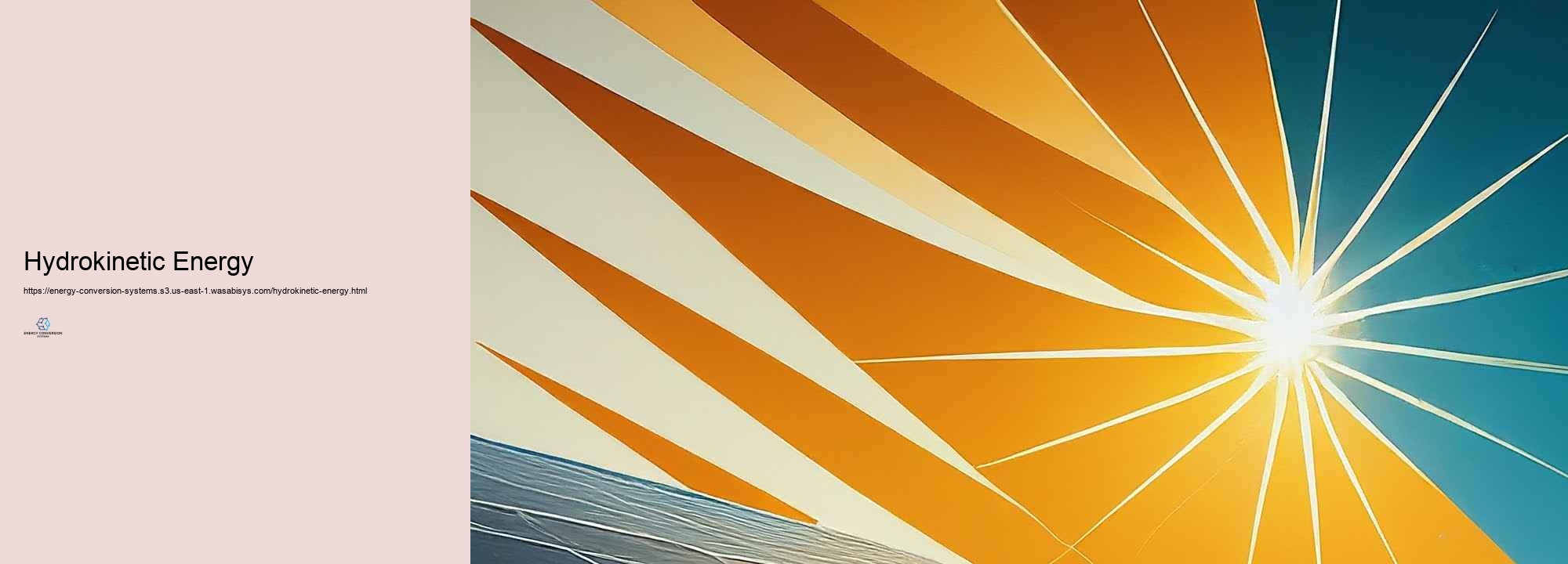
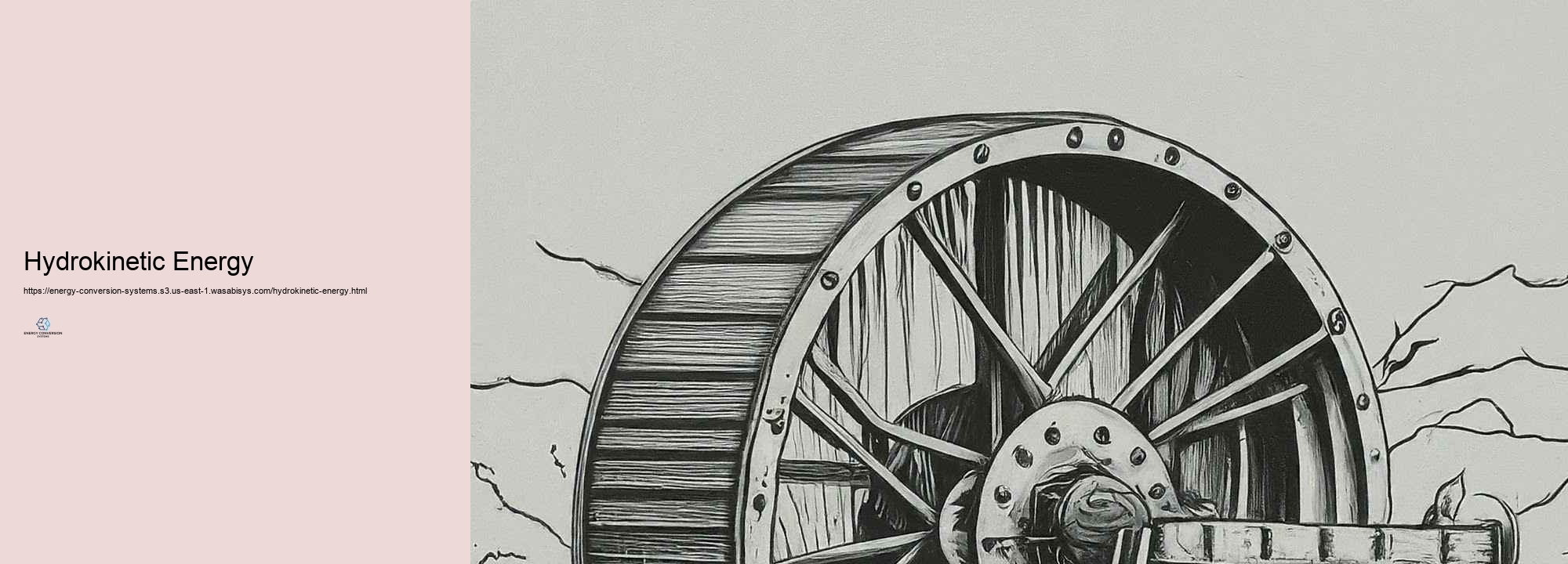
Energy conversion system format is a complex area that take care of countless problems in the mission for a lot even more reliable, sustainable, and affordable solutions. As global energy demands remain to climb and ecological issues escalate, developers and scientists are handed over with establishing cutting-edge strategies to overcome these troubles. This summary checks out the crucial obstacles in energy conversion system design and the developing treatments that are forming the future of energy technology. One of the primary obstacles in energy conversion system style is increasing efficiency. All energy conversion processes involve some level of energy loss, as determined by the policies of thermodynamics. For thermal systems, such as power plants, this inadequacy is normally shown up as waste warmth. Dealing with this difficulty needs a varied method. Advanced items that can hold up against greater temperature levels and stress are being developed, enabling a lot even more efficient thermodynamic cycles. As an example, supercritical and ultra-supercritical heavy steam cycles in coal-fired power plants can accomplish higher efficiency by operating at extremely heats up and stress. In inner burning engines, technologies in burning chamber layout, fuel shot systems, and exhaust gas recirculation are pushing the borders of efficiency. Another substantial difficulty is the intermittency and irregularity of renewable resource sources. Solar and wind power, while neat and significantly cost-competitive, are not continuously conveniently available. This variability postures difficulties for grid stability and reliability. Solutions to this trouble include the advancement of innovative energy storage area systems, such as grid-scale batteries, pumped hydro storage, and occurring technologies like flow batteries. On top of that, the design of crossbreed systems that integrate different energy resources (e.g., solar-thermal hybrid plants) can aid mitigate the intermittency issue. Smart grid developments and requirement reaction systems are in addition being developed to better handle the stability in between variable supply and demand. Ecological influence is a necessary consideration in energy conversion system design. Reducing emissions, particularly from fossil fuel-based systems, is a substantial problem. Solutions consist of the innovation of carbon capture and storage room (CCS) innovations, which purpose to capture CO2 wears down prior to they go into the feel. Advanced burning modern innovations, such as oxy-fuel burning and chemical looping shedding, are being investigated to assist in far more reliable carbon capture. For renewable energy systems, obstacles include minimizing the ecological result of making treatments and resolving worries like wild pets defense in wind ranch style. Scalability and cost-effectiveness present persisting obstacles in energy conversion system format. Countless appealing contemporary innovations that function well in lab settings handle problems when scaled roughly organization degrees. As an example, gas cells have revealed terrific prospective for reliable energy conversion, yet difficulties in scaling up production and decreasing rates have really restricted their widespread cultivating.
The impact of energy conversion systems on ecological sustainability is extensive and diverse, affecting everything from greenhouse gas exhausts and resource exhaustion to environment health and wellness and health and biodiversity. As the worldwide need for energy remains to rise, driven by populace growth and monetary development, the need for sustainable energy services becomes considerably urgent. Energy conversion systems, which change raw energy sources right into usable kinds such as electric energy, warm, and gas, play a crucial duty in this modification. Hydrokinetic Energy By checking out the ecological impacts of different energy conversion innovations, we can far better comprehend their contributions to sustainability and identify paths for enhancement. Conventional energy conversion systems, specifically those counting on nonrenewable fuel sources such as coal, oil, and gas, have typically been major aspects to ecological destruction. The combustion of these gas launches significant amounts of carbon dioxide (CARBON DIOXIDE) and other greenhouse gases right into the ambience, driving environment change and its associated results, such as climbing up worldwide temperatures, sea-level surge, and severe weather condition occasions. Moreover, nonrenewable gas resource elimination and dealing with can cause environment devastation, dirt and water contamination, and air contamination, extra getting worse ecological obstacles. On the various other hand, renewable resource conversion systems, such as solar, wind, hydroelectric, and geothermal, supply much more lasting options by harnessing all-natural energy moves that are abundant and replenishable. These systems usually produce bit to no straight discharges during treatment, considerably reducing their carbon footprint contrasted to fossil fuel-based innovations. As an instance, solar photovoltaics and wind generators create electrical power without losing gas, remaining free from the release of carbon dioxide and numerous other contaminants. Hydroelectric power, while generally emission-free throughout operation, needs to be meticulously managed to alleviate prospective ecological impacts, such as changes in water blood circulation and fish movement patterns. The change to renewable energy conversion systems is crucial for completing ecological sustainability, as it straightens with campaigns to lower greenhouse gas discharges and constraint international heating. By changing fossil fuel-based systems with renewables, we can lower the emphasis of carbon dioxide in the setting, decreasing the development of environment modification and its harmful results on settings and human cultures. In addition, renewable energy systems normally require much less land and water than standard energy resources, lowering their general ecological influence and shielding natural settings. Nonetheless, the launch of renewable energy conversion systems is not without its obstacles. The producing, arrangement, and upkeep of these systems can have ecological influences, including source removal, waste generation, and land use modifications. As an example, the producing of photovoltaic panels consists of the use of unusual and limited products, such as silicon and silver, along with potentially harmful chemicals. Wind generator producing ask for significant amounts of steel and concrete, and their installment can influence area wildlife and landscapes. To settle these concerns, it is essential to adopt lasting approaches throughout the lifecycle of renewable energy systems, from format and manufacturing to decommissioning and recycling. Energy storage space systems, which are important to the efficient assimilation of renewable energy right into the grid, additionally have environmental implications. Batteries, as an instance, rely on materials like lithium, cobalt, and nickel, the extraction and managing of which can result in environmental destruction and social difficulties. Establishing much more lasting battery developments, such as those based upon bountiful and risk-free materials, and improving reusing procedures are critical actions in the direction of minimizing the environmental impact of energy storage room. Past discharges and source use, energy conversion systems can also influence eco-friendly sustainability with their impacts on biodiversity and areas. Large energy tasks, whether renewable or fossil-based, can cause habitat fragmentation, wild animals variant, and modifications in land use patterns. As an example, the building and building and construction of hydroelectric dams can swamp substantial areas of land, disrupting earthbound and marine environments. Wind farms, while normally having a decreased effect, can present risks to bird and bat populaces or else efficiently sited and handled. To minimize these influences, it is necessary to conduct extensive ecological analyses and take part in mindful planning and stakeholder evaluation throughout the growth of energy work. Along with technological enhancements, strategy and regulative frameworks play a vital task fit the environmental sustainability of energy conversion systems. Federal governments and international companies can incentivize the cultivating of tidy energy innovations through aids, tax obligation credit rating, and wears down trading systems. They can likewise carry out stringent environmental criteria and laws to make sure that energy jobs decrease their environmental effect and include favorably to sustainability goals. Public awareness and engagement are just as important, as notified individuals can assistance for lasting energy plans and techniques, driving demand for cleaner and extra liable energy services. Unavoidably, the result of energy conversion systems on ecological sustainability depends upon our capacity to introduce and adjust. By advancing {research and development in tidy energy advancements, increasing performance, and promoting participation throughout sectors and boundaries, we can quicken the shift to an added lasting energy future. This change not only attends to journalism challenges of environment change and resource deficiency yet in addition creates chances for financial development, job manufacturing, and enhanced lifestyle. Hydrokinetic Energy As we make every effort to equilibrium energy requirements with ecological stewardship, the continuous advancement and optimization of energy conversion systems will certainly be crucial to achieving a lasting and resilient worldwide energy system.
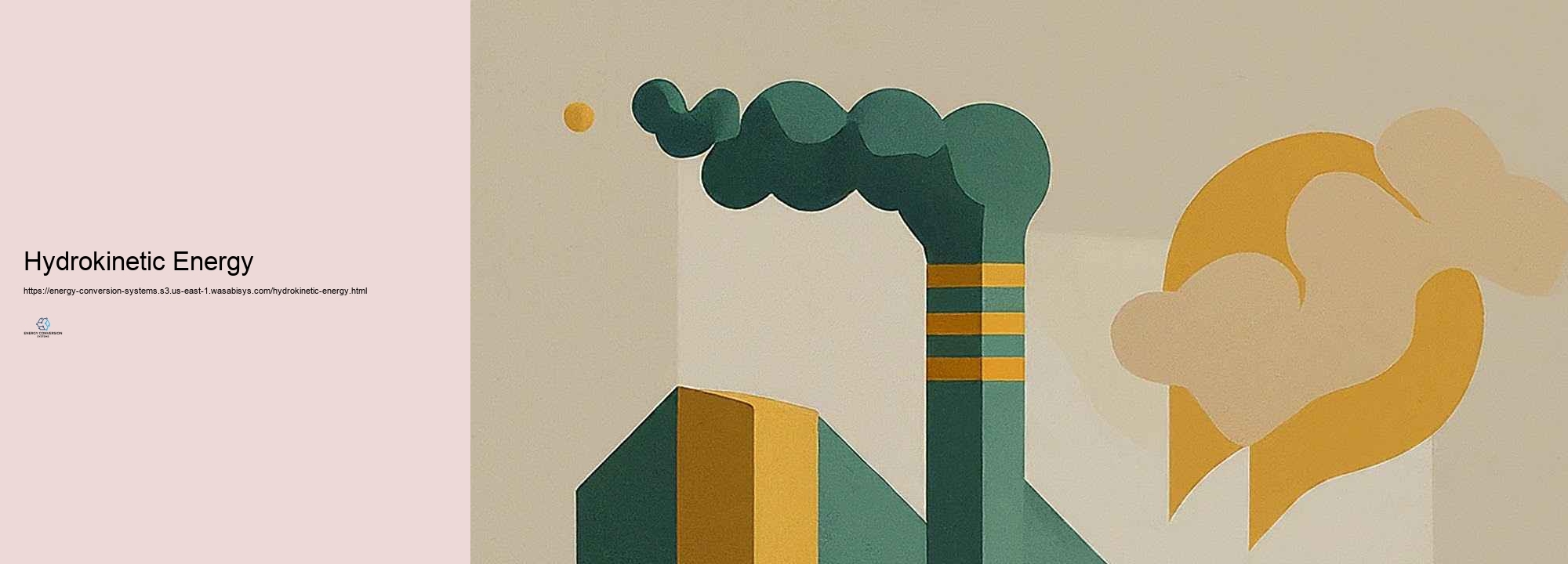
Energy conversion systems are technologies or processes that transform one form of energy into another, such as converting solar energy into electricity or mechanical energy into electrical energy.
Common types of energy conversion systems include solar photovoltaic panels, wind turbines, fuel cells, hydroelectric power systems, and geothermal energy converters.
Energy conversion systems improve efficiency by optimizing the process of converting energy from one form to another, reducing waste, and enhancing the overall output of usable energy.
Energy conversion systems are crucial in renewable energy as they enable the transformation of natural energy sources like sunlight, wind, and water into electricity, supporting sustainable power generation.
Challenges include optimizing efficiency, minimizing energy loss, integrating with existing grids, managing costs, and ensuring reliability and sustainability of the energy sources used.